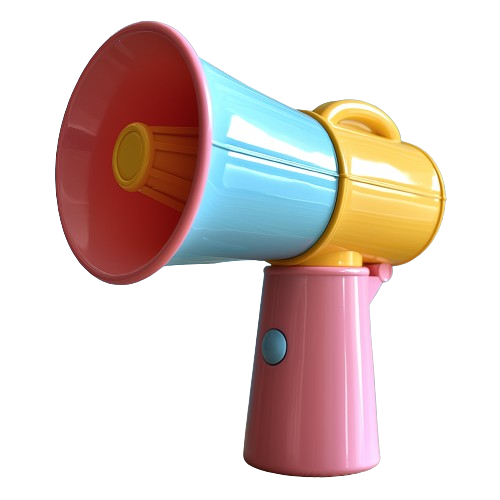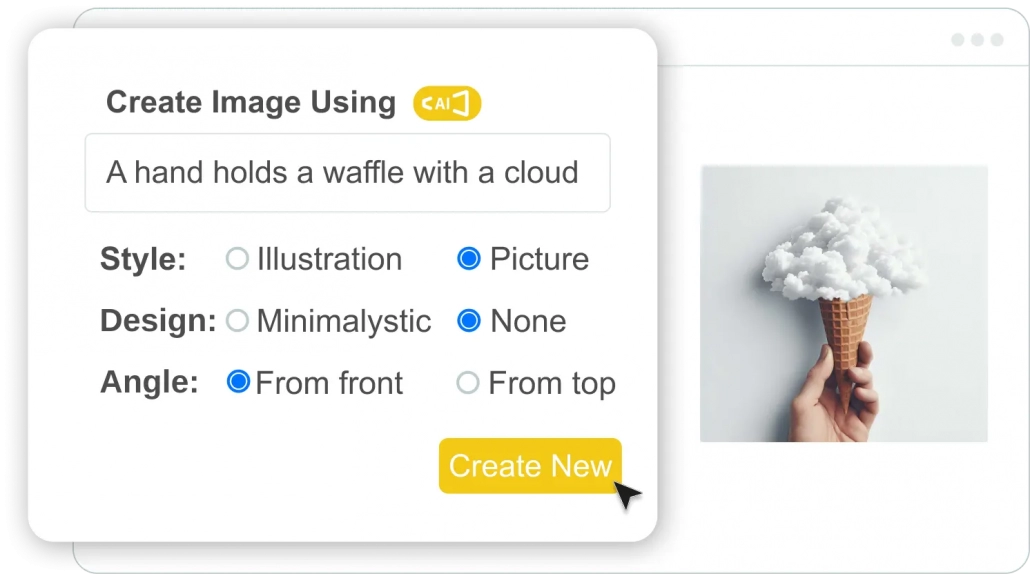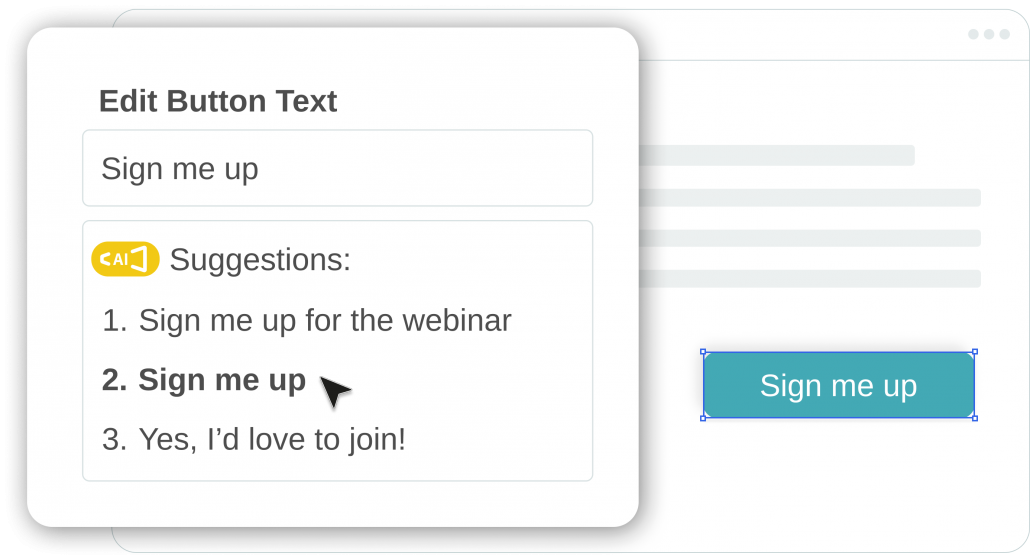Hitting the Right Spot: How to Create Accurate Touchpoints with Customers
Our customers’ attention is often their most precious resource. Therefore, if we’ve managed to capture it, it better be worth it. Success? Kudos! But how do you maintain it over time? By creating continuous value, sending in the right context, not as part of a broad distribution, and at the precise timing. Most importantly: don’t overwhelm the customer and grab their attention in vain. Sounds complex? We’ve simplified one of the most critical marketing terms—touchpoint.

A touchpoint is any place or moment where your brand or business interacts with customers. This can be a popup on your website, an SMS with a discount code, a personal email, or even a WhatsApp message with an order number.
Touchpoints build and shape the customer journey, making them highly significant: Proper management and consideration of each point and the overall journey can lead to desired actions (purchase, registration, leaving details in a form). Conversely, a touchpoint with inaccurate or irrelevant interaction leads to abandonment.
For this, inwise provides the tools for creating accurate and relevant touchpoints easily and conveniently:
Precise contacts list management – As customers, we receive countless messages, SMS, and marketing emails, but they often miss their target for a simple reason—they are irrelevant to us. Receiving an email about a popup store in Los Angeles while the contact lives in San Francisco misses the point. inwise allows creating accurate segments based on criteria you define: residence, customer type (new, returning, etc.), last purchase date, interests, and additional criteria. This allows you to fine-tune messages sent to each segment, providing users with practical and valuable information and beneficial touchpoints.
Accurate frequency – Although our customers consent to join marketing content mailing lists, this doesn’t mean incessantly and limitlessly. Our system allows setting a maximum number of mailings, creating an interaction based not just on quantity but on quality. For example, you can set a limit so that a customer on multiple mailing lists won’t receive more than three emails per month and, if they received an email from one list last week, they won’t receive another in the following week.
Message customization for audiences – The AI text writing feature embedded in the system allows adapting the wording and message for the relevant audience or specific mailing list. For example, if the intention is to send an email with a benefit to customers who purchased a TV in the past year, the text writing feature will tailor the message for this group, making the communication personal, relevant, and effective.
Understanding the Full Picture – The automation interface allows building the entire customer journey and viewing it clearly. Accordingly, each touchpoint can be fine-tuned and built in a way that aligns with previous or subsequent points.
Don’t Forget the Personal Touch – Here’s an important tip from us. Our system indeed provides tools for creating and refining touchpoints, but to make them optimal, leverage your own experiences as customers. After all, we all receive messages, emails, and SMS constantly, but the instances that truly capture our attention are few. Before sending, ask yourself these questions:
What value do customers derive from this interaction?
Is this the right stage to send it?
What action is required from the customer?
Is this the right group of customers to receive it at this moment?
As your answers become more precise and clear, the touchpoints will improve—meeting your customers at the right point.






